Master the Spanish Omelette
High quality protein (eggs) high carbs (potatoes) and healthy fats (extra virgin olive oil) the Tortilla de Patata covers all the nutritional bases.
A FEW SUMMERS back I watched Rosalia make her tortilla de patata. Soft, squidgy and slightly salty (the tortilla not Rosalia), it is undeniably my favourite tapa at her restaurant in Albufera. Perhaps it's the where and when; served on the terrace, the Meditteranean waves swirling gently around the rocks below, the tortilla appears sliced into generous chunks, during the habitual 20-minute wait as the paella is cooked, when you are happy and hungry. Or perhaps it’s Rosalia’s touch. But when I decided to learn how to cook the perfect tortilla de patata, I didn’t have far to look far to find my teacher.
Rosalia showed me how to confit the potatoes so they take on the taste of the delicious olive oil, how far to caramelise the onion to add depth and sweetness, how to cook the eggs so they don’t go rubbery and dry, and finally an almost fail-safe way of flipping the darn thing.
Which I’ll show you now. But first good news…
GETTING HEALTHY BITE BY BITE
We get healthy bite by bite, not in one meal, but it’s a series of small changes, that together lead to a bigger result.
The Spanish Omelette covers all the nutritional bases. It’s got high quality protein (eggs), carbs (potatoes) and healthy fats (extra virgin olive oil).
Depending on how thick you make the tortilla there’s about 300 healthy calories in each quarter. As much as it’s tempting to eat the whole tortilla (and sometimes I must admit I do!) a nutritious lunch could be a couple of slices, served alongside a tomato salad.
An easy post-gym lunch - great for recovery and muscle repair. Tortillas will hold a few hours, so you can get them ready before training. What’s more the potatoes can be done well in advance, (up to 5 days before and stored in the fridge covered completely in olive oil) and then just quickly refried when needed.
Next the ingredients… there’s only four (and one of those is optional) but they still throw up some questions…
Potato. Egg. Onion. Oil.
Which type of potato? Kennebec, Yukon Gold, Maris Piper, Agria, Mona Lisa are all good choices. Their high starch content means they are good at soaking up cooking liquids and this is why they become so tasty and tender when cooked in the olive oil.
Which eggs? Go for: Free-range / Organic / Pasture-Raised. The eggs from hens that have been fed naturally on cereals and corn have a deeper yellowy hue to their yolk - which gives the tortilla a golden colour as well as add to taste.
Which oil? Extra Virgin Olive Oil (EVOO) is my choice, and that of many chefs in Spain. For me it’s the healthier option compared to other oils - but also it adds flavour. Choose an Arbequina for a delicate, buttery taste, or a Picual for a punchier, grassier taste. Don’t use your best extra virgin olive oil for this, just a normal one will do.
Which onions? Ordinary Spanish white onions will do just fine, and, if you don’t like them, this is the ingredient that you can leave out altogether. There are many who prefer their Tortilla de Patatas without onion.
Now onto the cooking. Only two things to get right here - the potatoes and the eggs. :-)
BECOMING A BETTER COOK
The secret of being a good cook is to enjoy the process of cooking as much or if not more than the meal itself. By understanding the how’s and why’s we gain more confidence in the kitchen.
I do enjoy watching ingredients transform as they cook. It captivates me seeing the science happen right there in the pan, before your eyes. Here’s what is happening as we apply temperature to eggs.
Temperature control is the key to great tortilla. When your put your egg mix into the pan, you’ll first hear a sizzle, as the egg mixture makes contact with the hot pan, then as the proteins reach 70°C/160°F, the protein molecules will start to denature, unwinding and clumping together, and soon begin to coagulate and solidify. This will happen quickly - within 60 seconds you will see the egg at the bottom of the pan becoming solid forming a base.
Which is when you want to turn the heat down. Why? If we continue to apply rapid, high heat the proteins continue to pack together, eventually squeezing out the water in the egg making the end result hard and rubbery. To avoid overcooking an egg, heat gently over low heat.
Ok let’s crack on… (oh, I know)
Spanish Omelette (Tortilla de Patata)
Serves 2-4
3-4 medium large potatoes
1 onion
6 large free range eggs - room temp
Extra virgin olive oil
For a tortilla about 5cm deep, cook in a 20cm non-stick pan.
Step 1: Cook the potato slow and low
Here’s how
Slice the potato and onions.
Add olive oil to a pan and heat until gently simmering (around 120°C/250°F)
Add the potatoes and keep a gentle simmer going. It will take around 35 to 45 minutes until the potatoes are soft, tender and ready.
In a separate pan caramelise the finely sliced onion until a deep golden brown.
Keep in Mind
The potato in a Tortilla de Patata is cooked slowly in lots of olive oil. Crucially the temperature must not be too high, or the potatoes will fry and harden.
If you do want the crispy, crunchy edges (and why wouldn’t you?) - allow the potatoes to cook slowly until they are soft, then turn the heat up to get the crispy edges.
Step 2: Mix the cooked potatoes with beaten eggs
Here’s how
Beat the eggs in a bowl and season well with salt and pepper.
Once you have confit the potatoes into some sort of deliciousness, drain them, and while still hot and dripping with oil put them along with the onions into the beaten egg.
Allow the mix to sit for 5-10 minutes.
Keep in Mind
Important to mix with the eggs while the potatoes and onion hot. Why? Because the hot mixture begins to partially cook the egg, the potato absorbs some of the egg and with it flavour and the egg takes on the sweetness from the onion. Cold - none of this magic happens.
Step 3: Cook and Flip
Here’s how
Heat non stick pan (20cm), with a small drizzle of olive oil. Add the mix. As the outside coagulates and forms, run a spatular around the edge. When the tortilla loosens and you can swirl it, turn the heat down to medium. This will all happen in about a minute. Then allow the tortilla to cook slowly for about 3-5 mins.
To flip the tortilla place a plate on top of pan and place your hand on top of plate. With your other hand grab the handle of the pan. Lift both hands up in unison in a smooth curve, turning the pan and plate at the top of the arc. The tortilla should now be now on the plate with runny side down. Wiggle it back into the pan. Then, using a spatula, push and prod it back into shape.
Give it roughly the same time as you did on the first side. Then, flip again and move to a serving plate. Let it sit for 10 mins+ before you slice into it.
I love how who writes puts it in this piece about the Alchemy of Tortilla Española: “It is an opportunity to practice your bravery and brazenness in the kitchen. The goal is not perfection; the goal is keeping your dinner off the floor. Ideally you will try it once, and then again, and then you will feel yourself getting better at it, and understanding its alchemy, and you will have learned something new.”
Here’s how you might serve your perfectly flipped tortilla de patata
With a slice of Pan con Tomate (Tomato Toast). Rub a peeled garlic clove over a slice of toasted crystal bread, next cut a tomato in half and rub that over, letting the bread soak up the tomato seeds, drizzle with olive oil and season with salt.
With a healthy salad. Balance the meal by adding in a side salad of mixed tomatoes, red onion, torn up herbs, and a simple balsamic dressing.
With a glass of Gazpacho: This cold soup gives contrast, cool and tangy and works well with the heartiness of the potatoes and eggs of the tortilla.
Also on Olympian Kitchen:
A healthy, easy way to cook fish
Easy to prep. Difficult to mess up. One of the healthiest cooking methods there is. Learn how to cook en papillote.
Day 13: Slow Down
I’m on the edge. My brain has turned to mush. But the orders keep coming. It’s Day 13 of my self-imposed challenge, a 100-Day Chef Stage and I’m mid-way through a kitchen service at El Monastrell, a Michelin star restaurant in Alicante.
Olympian Kitchen is written by Nicola Fairbrother MBE, 8th Dan, Olympic silver medallist.
More about my work and me. I’m Nicola Fairbrother. I’m a double Olympian (Barcelona 1992 Silver and Atlanta 1996 5th), light-weight World Champion (1993), triple European Champion, voted by Sunday Times as Sportswoman of the Year and awarded a MBE by HM The Queen. I publish a range of children’s judo books (Koka Kids) and run another substack delivering judo coaching resources. I’m a trained chef (Leiths Professional Diploma) and have completed a 100 day chef-stage in Spanish Michelin kitchens.







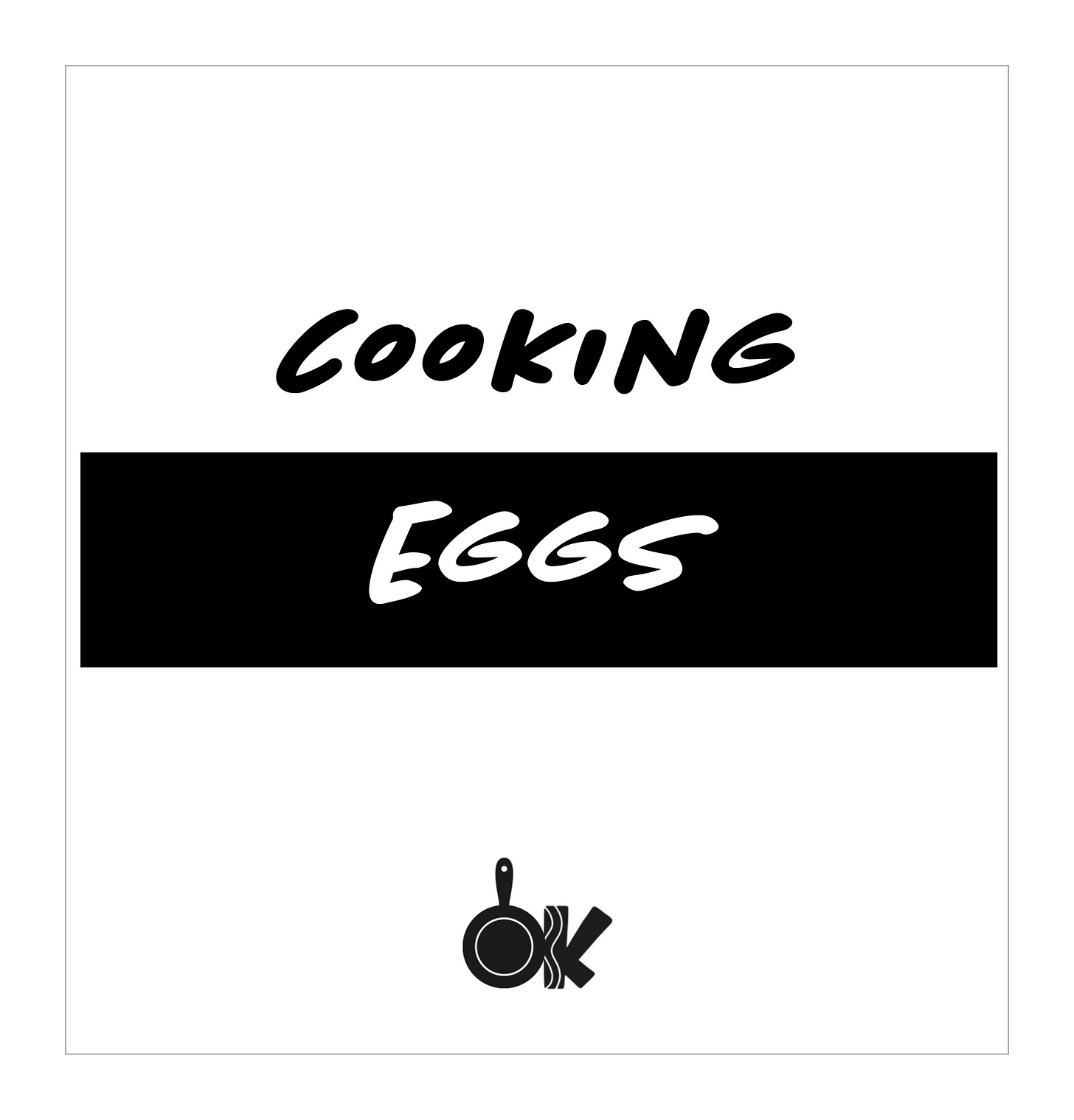
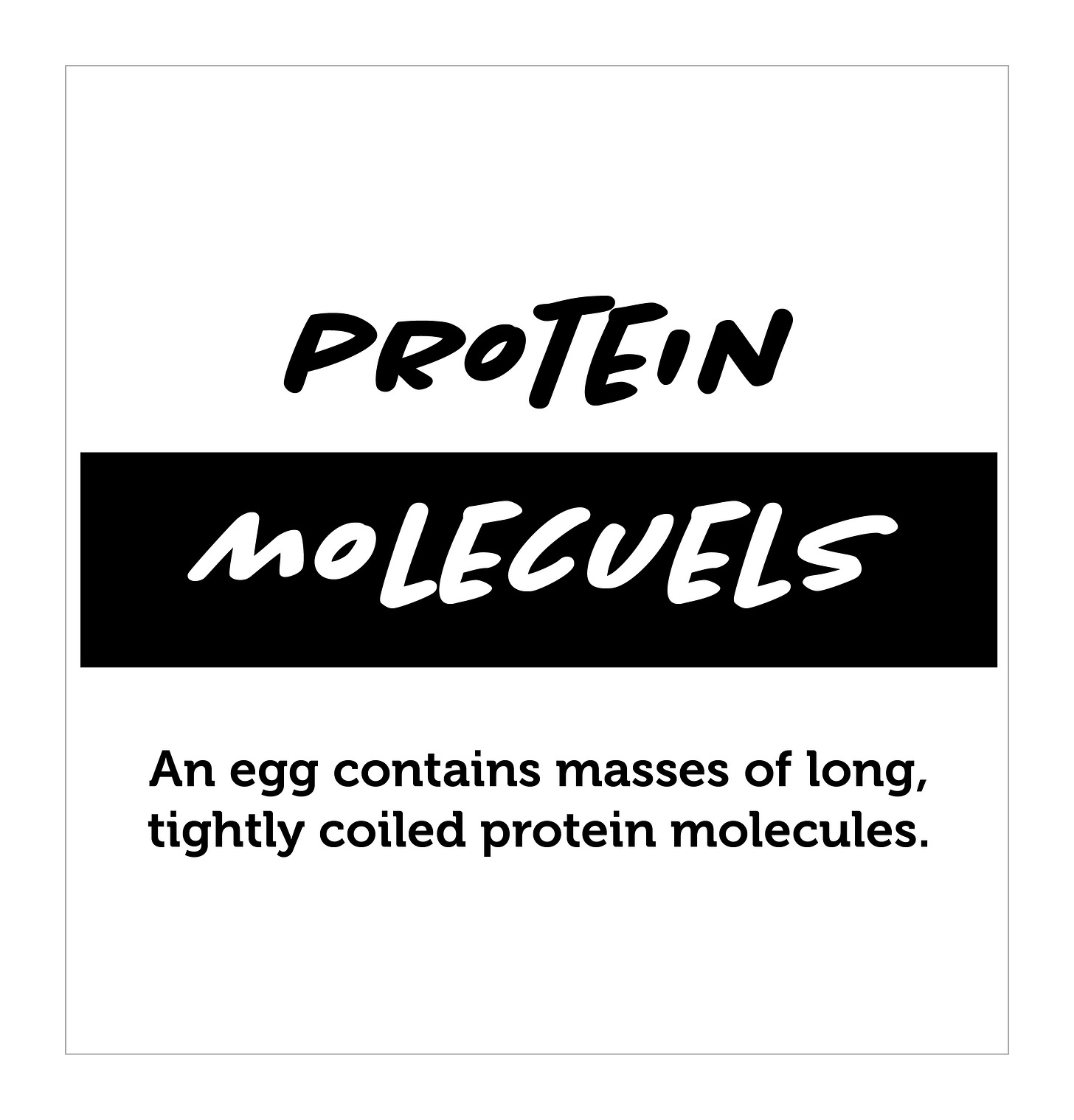


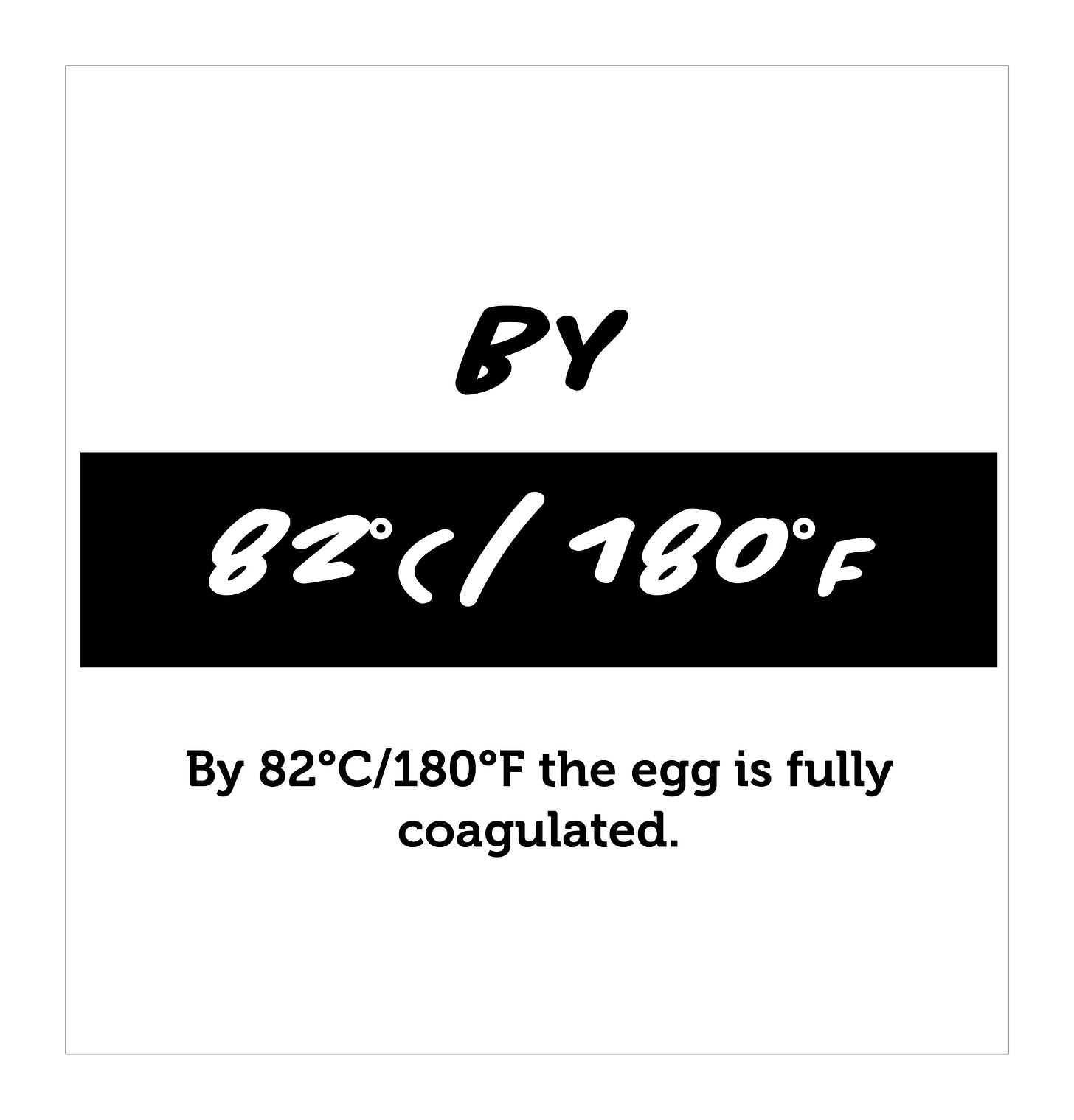
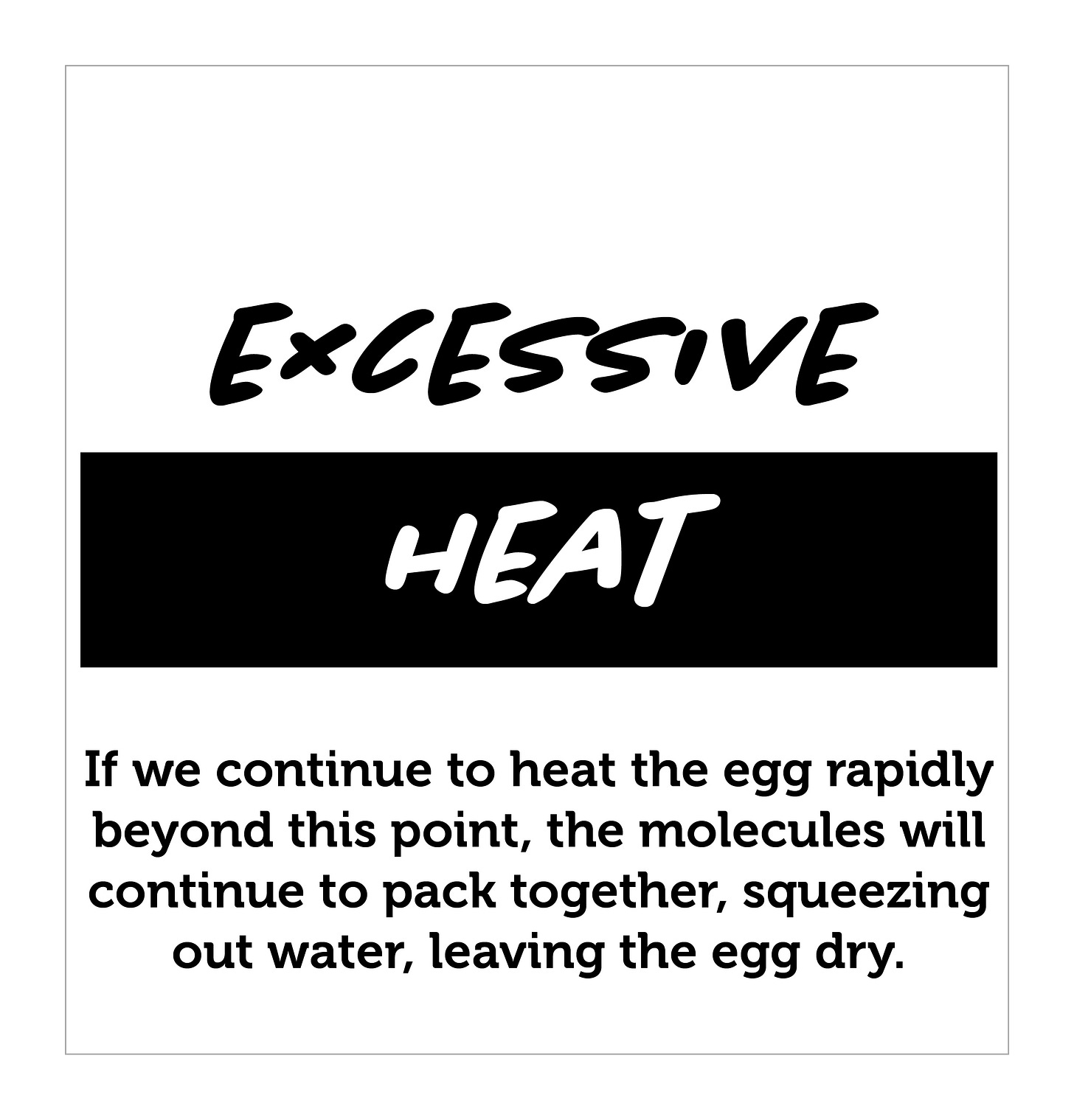

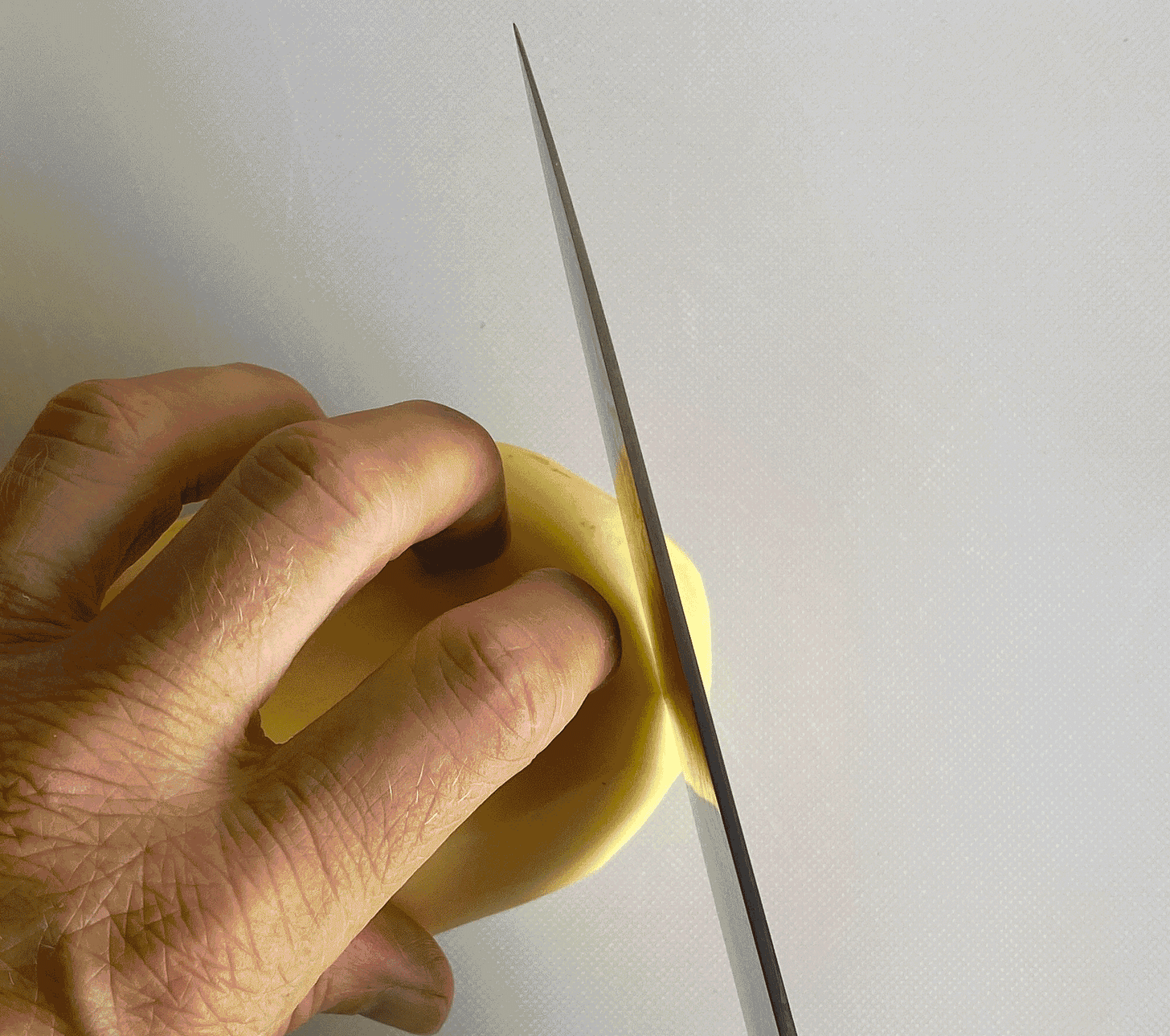





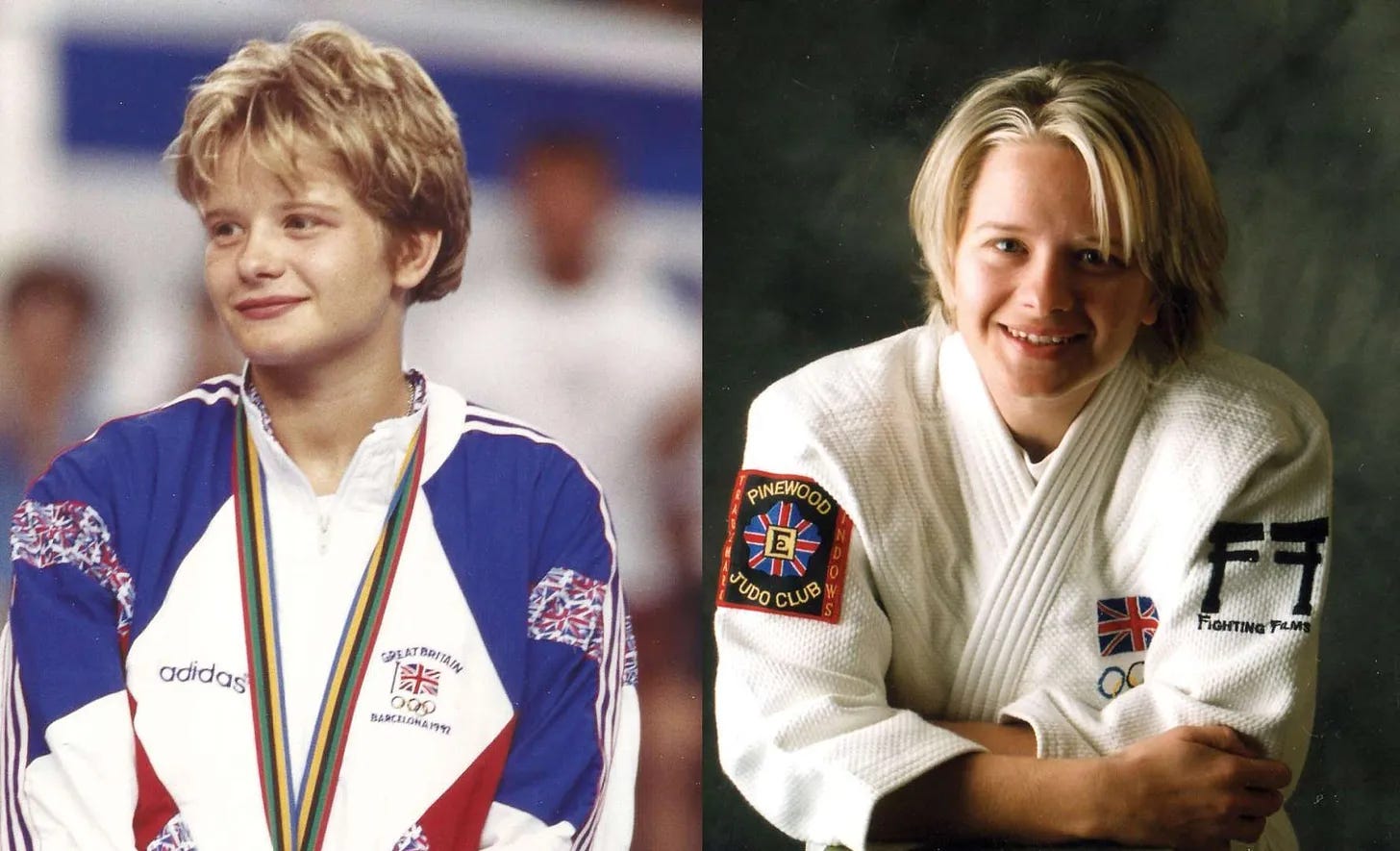
Muy ricaaa
This fish reminds me so much of the Tanzanian dish Chipsi Mayai.